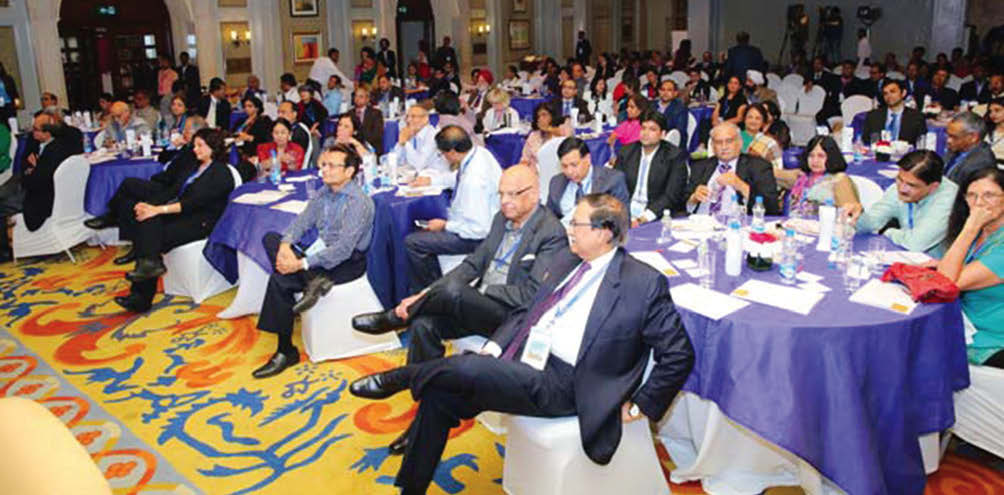
WASHINGTON (TIP): An Indian-origin researcher Gurpreet Singh, assistant professor of mechanical and nuclear engineering in Kansas State University and his team demonstrated that a composite paper – made of interleaved molybdenum disulfide and graphene nanosheets – can be both an active material to efficiently store sodium atoms and a flexible current collector.
The newly developed composite paper can be used as a negative electrode in sodium-ion batteries. Singh said that most negative electrodes for sodium-ion batteries use materials that undergo an ‘alloying’ reaction with sodium. He said that these materials can swell as much as 400 to 500 percent as the battery is charged and discharged, which may result in mechanical damage and loss of electrical contact with the current collector.
Singh said that molybdenum disulfide, the major constituent of the paper electrode, offers a new kind of chemistry with sodium ions, which is a combination of intercalation and a conversion-type reaction, asserting that the paper electrode offers stable charge capacity of 230 mAh.g-1, with respect to total electrode weight. He said that further, the interleaved and porous structure of the paper electrode offers smooth channels for sodium to diffuse in and out as the cell is charged and discharged quickly. This design also eliminates the polymeric binders and copper current collector foil used in a traditional battery electrode. The research has been published in the journal ACSNANO.





Be the first to comment